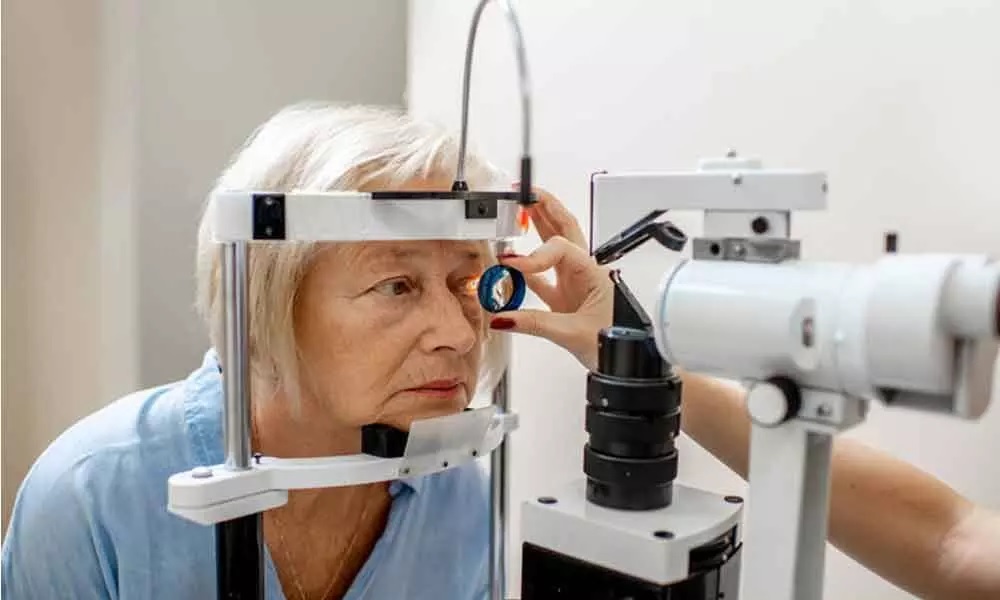
Glaucoma is a group of eye conditions that damage the optic nerve, leading to progressive vision loss and, if left untreated, can ultimately result in blindness. It is one of the leading causes of irreversible blindness worldwide. In this blog post, we will provide an overview of glaucoma, discuss its causes, and explore the current treatment options available to manage this sight-threatening condition.
Understanding Glaucoma
Glaucoma is primarily characterized by increased intraocular pressure (IOP), which can damage the optic nerve over time. However, it’s important to note that not all individuals with elevated IOP develop glaucoma, and some individuals with normal IOP can still develop the disease. This suggests that other factors, such as impaired blood flow to the optic nerve, genetic predisposition, and certain lifestyle factors, may contribute to its development.
Types of Glaucoma
There are several types of glaucoma, including:
- Primary Open-Angle Glaucoma: This is the most common form of glaucoma, often occurring gradually and without noticeable symptoms until significant vision loss has already occurred. It typically occurs due to a combination of genetic and environmental factors.
- Angle-Closure Glaucoma: This form of glaucoma is characterized by a sudden increase in intraocular pressure due to a blocked drainage angle. Angle-closure glaucoma may present with acute symptoms such as severe eye pain, blurred vision, and headache. It is considered a medical emergency and requires immediate treatment.
- Normal-Tension Glaucoma: In this type of glaucoma, damage to the optic nerve occurs even though the IOP remains within the normal range. The exact cause of normal-tension glaucoma is not fully understood, but it may be related to factors such as decreased blood flow to the optic nerve.
Treatment Options
The primary goal of glaucoma treatment is to prevent or slow down the progression of vision loss. Current treatment options include:
- Eye Drops: Medicated eye drops are commonly prescribed to lower IOP by reducing the production of aqueous humor or improving its drainage. Eye drops are typically used as a first-line treatment for glaucoma and require regular and consistent use.
- Oral Medications: In some cases, oral medications may be prescribed to lower IOP. These medications work by reducing the production of aqueous humor or increasing its outflow.
- Laser Therapy: Laser procedures, such as trabeculoplasty or iridotomy, can be used to improve the drainage of fluid from the eye or reduce the production of fluid, thus lowering IOP. Laser therapy is often considered when eye drops or oral medications are insufficient or not well-tolerated.
- Surgery: In cases where other treatments are ineffective, surgical interventions may be recommended. Trabeculectomy, in which a new drainage channel is created, or implantation of a drainage device are surgical procedures aimed at reducing IOP.
- Monitoring and Regular Eye Exams: Regular monitoring and comprehensive eye exams are crucial for early detection and ongoing management of glaucoma. These exams may include tests to measure IOP, assess optic nerve health, and evaluate visual field changes.
Conclusion
Glaucoma is a complex eye condition that can lead to irreversible vision loss if not properly managed. While elevated intraocular pressure is a common risk factor, other factors such as genetics, impaired blood flow, and lifestyle choices may also contribute to its development. Early detection through regular eye exams and prompt initiation of treatment are essential in preserving vision. With the range of treatment options available, including eye drops, oral medications, laser therapy, and surgical interventions, individuals with glaucoma have opportunities to manage the condition and maintain their quality of life. If you suspect you may have glaucoma or have concerns about your eye health, it is important to consult with an eye care professional for a comprehensive evaluation and appropriate treatment plan. Remember, early intervention can make a significant difference in preserving your vision for years to come.




